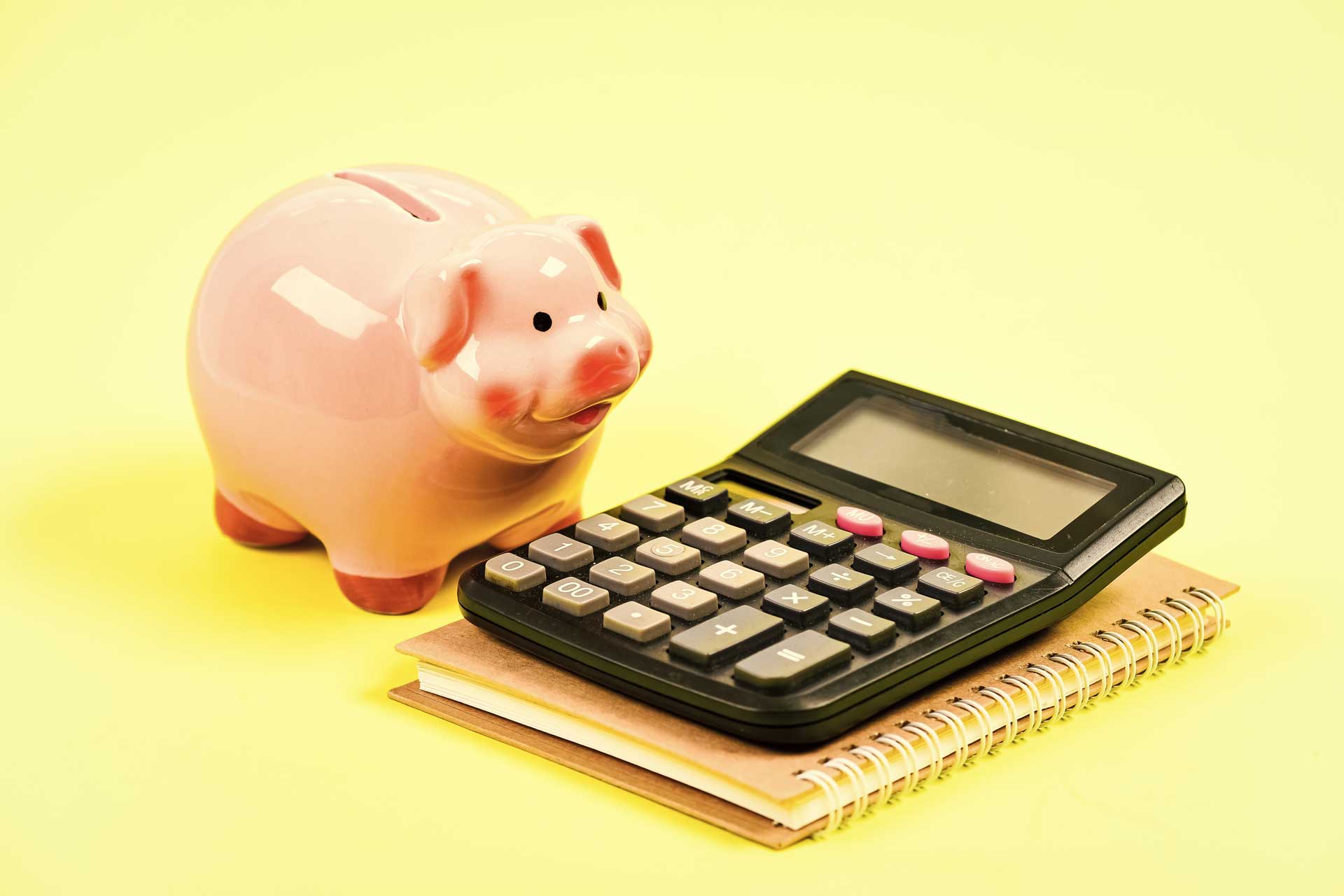
Apparently, you can put a price tag on financial literacy.
According to a poll by the National Financial Educators Council, lack of financial knowledge cost the average American $1,389 in 2021, creating a national price tag of $352 billion. That’s just the tip of the iceberg.
During the best of times, neglecting to address finance as a fundamental learning requirement of all high school students in the United States has far-reaching implications across society, affecting everything from poverty levels and crime, business productivity, health and health care, life expectancy, and more.
Add a global pandemic and an ensuing financial crisis, and the actual cost of failing to educate Americans about basics like saving, budgeting, and investing becomes more apparent, with a dramatic increase in reliance on the government for everything from food to rent to income.
While we’re still navigating the pandemic and learning to live a new normal alongside COVID and its variants, the truth is we won’t know the cost of failing to educate and prepare Americans for “a rainy day” for generations.
We do know the most vulnerable—namely children—are the hardest impacted.
We live in one of the wealthiest countries in the world and yet we have the third highest poverty rate among Organization for Economic Cooperation and Development (OECD) countries. 27.5% of people in America are classified as low income and 16.1% of our population under the age of 18 are below the poverty line. According to the U.S. Census Bureau, poverty in America is increasing, and it’s affecting those under age 18 at a higher rate.
Ironically, it is those same children who can break the cycle of poverty if they are given the tools and know-how in the form of financial literacy. America has a long way to go to make this happen.
Just six states require a stand-alone financial education course in high school. Another 15 embed personal finance into other courses. That includes New York, which has been given a “D” by The Nation’s Report Card on Financial Literacy. (No doubt this contributed to the majority of our nation’s adults not having enough savings to cover even one month of living expenses when COVID lockdowns began.)
With school districts and states scrambling to cover added costs for remote learning; cleaning and equipping facilities to support social distancing guidelines; COVID testing and tracing; getting food to low-income students; and even having enough staff to cover the basics in education, adding finance to the high school curriculum may not appear to be a priority but especially in light of what we’ve learned and experienced as a result of COVID, we have to ask: how can we afford not to add it to the course curriculum?
Hudson Valley Community College is leading the way with a six-week stand-alone personal finance course designed to help students set clear financial goals, make investment decisions, increase financial security, and build savings for retirement. As per the course description, students will learn the essentials of personal bookkeeping and recordkeeping to support lifelong financial planning and decision-making.
Should high schools in the Hudson Valley follow the community college’s lead?
We think so. Our school systems have evolved to address physical and mental wellness in the early grades, recognizing the long-term impact it has on our country’s health care, financial, and other social systems. The pandemic and society’s lack of financial preparedness puts a spotlight on the need to expand our school’s definition of wellness from just mental and physical to include financial wellness. Our RBT partners can help, by bringing their experiences teaching financial planning at the college level to local high schools, with support available for everything from advising on curriculum to facilitating classes or webinars TRUE? Yes
While your administration evaluates how well your district is supporting students’ current and future financial preparedness and wellness, remember to account for how COVID funds were allocated and spent in your district, and how new costs will be covered going forward, with the tax planning services from your partners at RBT.
Sources: Next Gen Personal Finance, National Financial Educators Council, US Census Bureau, Hudson Valley Community College,
